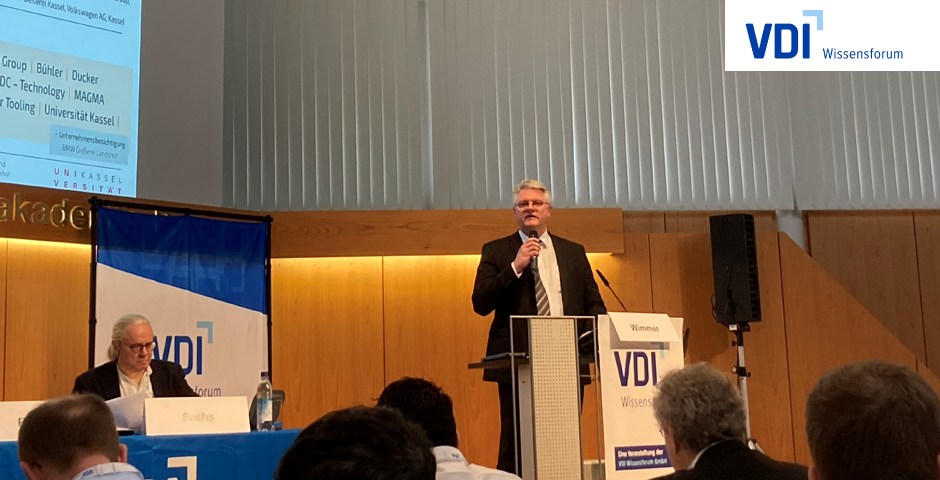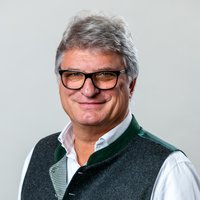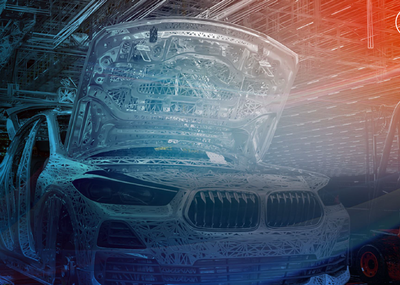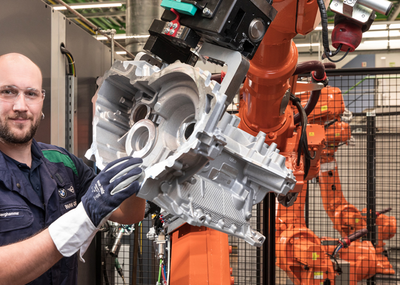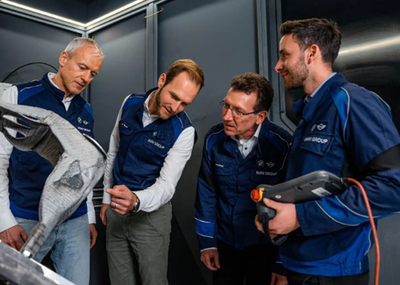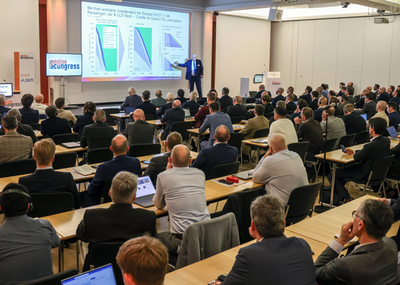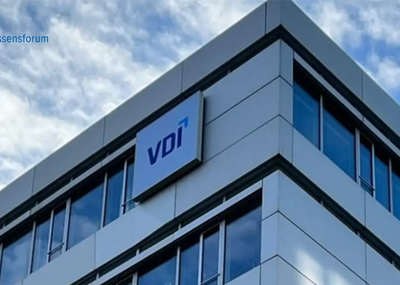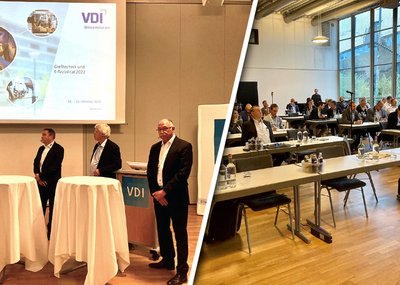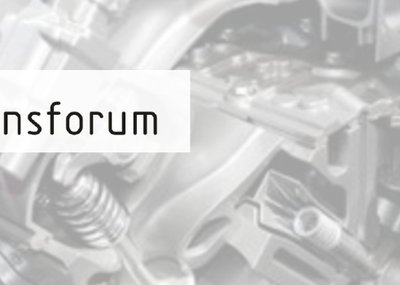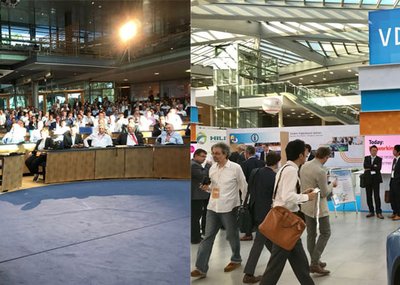Prof. Dr.-Ing. Martin Fehlbier summed it up at the end of the VDI conference in Landshut by thanking the participants, speakers and organizers: Casting is constantly reinventing itself!
In presentations, discussions and networking on the topics of giga/megacasting and the future of die and gravity die casting, it became clear that there are definitely different approaches to large aluminum castings.
While China is obviously developing into a paradise for giga/megacastings, experts from research, industry, OEMs and suppliers are divided in their opinions.
Dipl.Ing. Frank Wimmer, responsible for the purchase of cast and structural components at BMW, explained that the use of aluminum in passenger cars will continue to increase. BMW will not operate a pure on-site foundry in the future either, but is deliberately focusing on a balanced supplier market. For various reasons, large castings from the production of die casting cells with a clamping force of over 5700 tons are not required.
Isabelle Kraft MIB, Ducker Research Europe GmbH, presented a great overview of the development of light metal castings in chassis and body-in-white in Europe, Tobias Stemler and Stefan Kneer reported on the unique selling point of Albert Handtmann Metallgusswerk GmbH & Co. KG, Biberach, which will be the first Tier 1 supplier to put a mega press into operation. For Handtmann, this development is a technology push and an incentive to boldly break new ground.
Dipl. Ing (FH) Sascha Padovan vividly presented the requirements for infrastructure measures when using "mega die casting cells" and came to the conclusion that the distinction between MEGA, GIGA and ULTRA is a constantly changing variable. This applies to the hall size, crane capacities, the immense electrical connection capacities, processing options and logistics requirements right from the planning stage.
"Elon Musk got us thinking"
The thoughts of Dipl.-Wi.-Ing. Christoph Pille Fraunhofer IFAM, Bremen, together with Dr.-Ing. Martin Hillebrecht EDAG Engineering, Munich, on the topic of large-scale casting as a driver of change in car body construction were also very cogent and profound.
In his statement on the Engineering Update, Christoph Pille takes an approving view of current developments. Of course, TESLA's strategy of a complete rear underbody (RUB) or a front underbody (FUB) has shaken up the industry and given it food for thought, and there seems to be almost no size limit in China at the moment. However, the basic requirements played a major role in this. Of course, there is a difference between greenfield and brownfield.
In his assessment, Pille finds good reasons for and against large-scale casting and is not sure whether large-scale casting will really catch on in Europe. He expresses his concerns in the challenging question of why a front end must necessarily consist of one part when it could be two. A clear plea for the motto: the right material in the right place.
Supplier industry close to the customer
Interesting projects and insights from the supplier industry were also presented.
Bühler's Martin Lagler, for example, reported on the cost-efficient production of die-cast structural parts and emphasized the cooperation between OEM, foundry and various suppliers. Efficiency is achieved through the interaction between the parties involved, particularly in component optimization, and relates to material selection, surface treatment, the mould concept and thermal management. Lagler still sees huge potential for structural cast components and was able to illustrate this using the example of a suspension strut support.
Large cast parts need large molds, and Dipl.-Wirt.-Ing. (FH) Siegfried Heinrich from Schaufler Tooling GmbH & Co KG is a specialist in this field and a sought-after partner worldwide.
In his presentation on the challenges of complex mold cooling systems for the efficient production of large die-cast parts, Heinrich indicated that molds up to 200t require special attention to the complexity of the cooling system and the slides.
In addition, practical examples from the areas of gravity die casting on the use of tools, thermal management, use of materials and casting process simulation were presented before the event was rounded off with a visit to BMW's light metal foundry in Landshut.
The VDI conference was accompanied by an exhibition in the foyer with interesting companies and a wealth of outstanding exhibits.
Here are the exhibiting companies: ACTech GmbH, ALUMAG Automotive GmbH, Aluminium Rheinfelden Alloys GmbH, Grunewald GmbH & Co.KG, NEMAK Europe GmbH, August Mössner GmbH + Co.KG, Martinrea Honsel Germany GmbH, Visiometa GmbH

